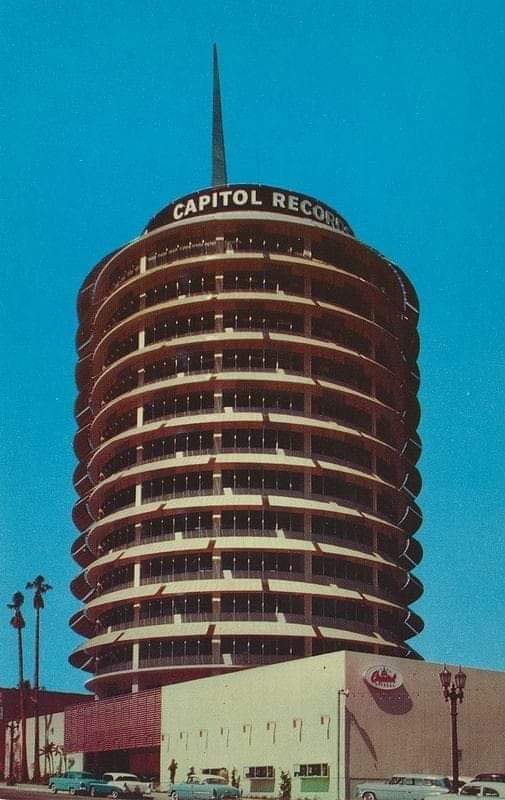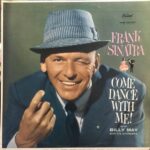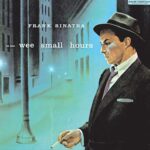
The Capitol Tower
By Mahnuel Muñoz
On April 6, 1956, the legendary Capitol Records Studios tower was inaugurated, one of the most relevant symbols of Hollywood and North American popular music.
The record label that was home to Frank Sinatra during his golden years had been founded in 1942 by songwriters Buddy DeSylva, Johnny Mercer and businessman Glenn Wallichs. Mercer and Wallichs conceived the project motivated by their skepticism towards the way the record business worked, both in the treatment of artists and the system of marketing and distribution of records. The name Capitol was a suggestion from Ginger, Johnny Mercer’s wife.
From its first releases, the Capitol label stood out for its avant-garde character – they were pioneers in releasing records at three speeds, 78, 45 and 33 1/3 r.p.m. – and sound quality. Stars such as Paul Whiteman, Benny Goodman, Peggy Lee and Nat “King” Cole recorded great hits there. The company began recording in the former KHJ station studios located at 5515 Melrose Avenue, but in 1954 the need for more space and technological resources became apparent. The following year the company embarked on the development and construction of the Capitol Tower, located on the corner of Hollywood and Vine streets, very close to Sunset Boulevard and the Walk of Fame.
The tower’s characteristic cylindrical design is the work of architect Welton Beckett and has been said to imitate a stack of records with a needle at the top, although authors such as Richard Havers deny this. The needle, with a flashing red light at its tip, repeats the word “Hollywood” in Morse code.
The first recording of in the tower was by Sinatra but, curiously, not as a singer, but as a conductor for the album “Tone Poems Of Color“, on July 30, 1956.
At first, the sound generated in the tower was not as good as that of the sessions on Melrose Avenue, but after many and costly modifications the quality was achieved that made the albums of Sinatra and many other artists on the roster of the band everlasting. Capitol; Their facilities were even rented to people outside the label eager to add the particular and warm “Capitol touch” to the final mixes of the albums.
















